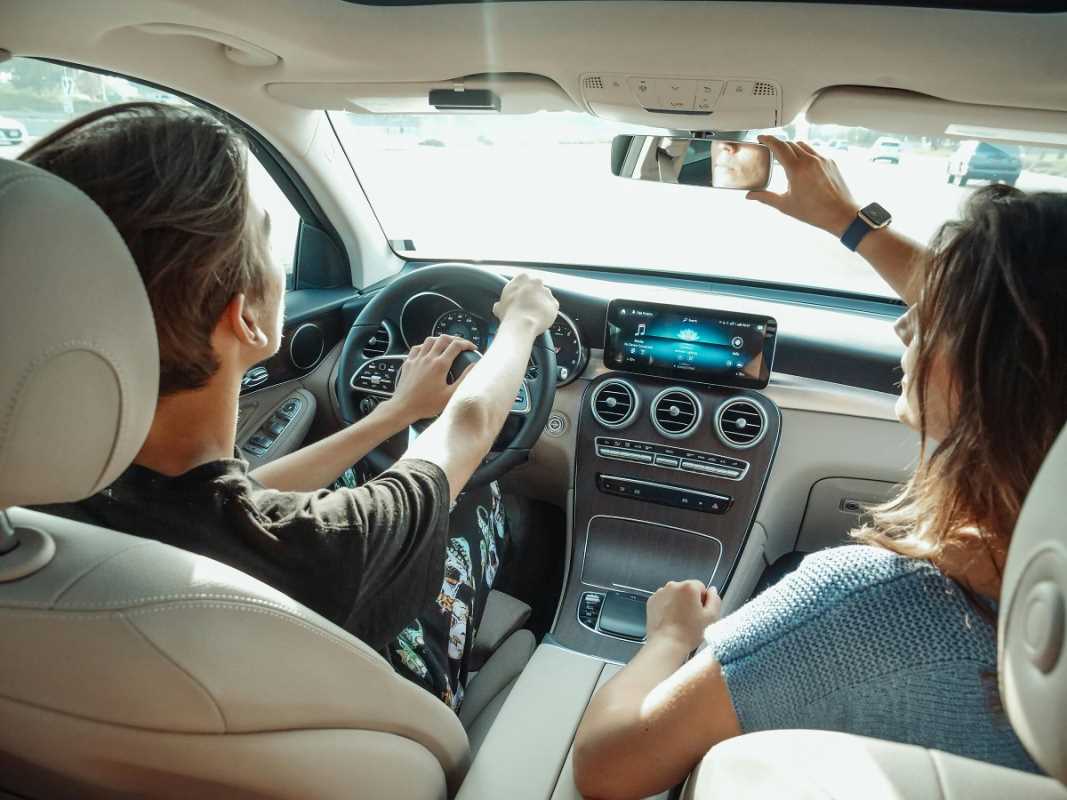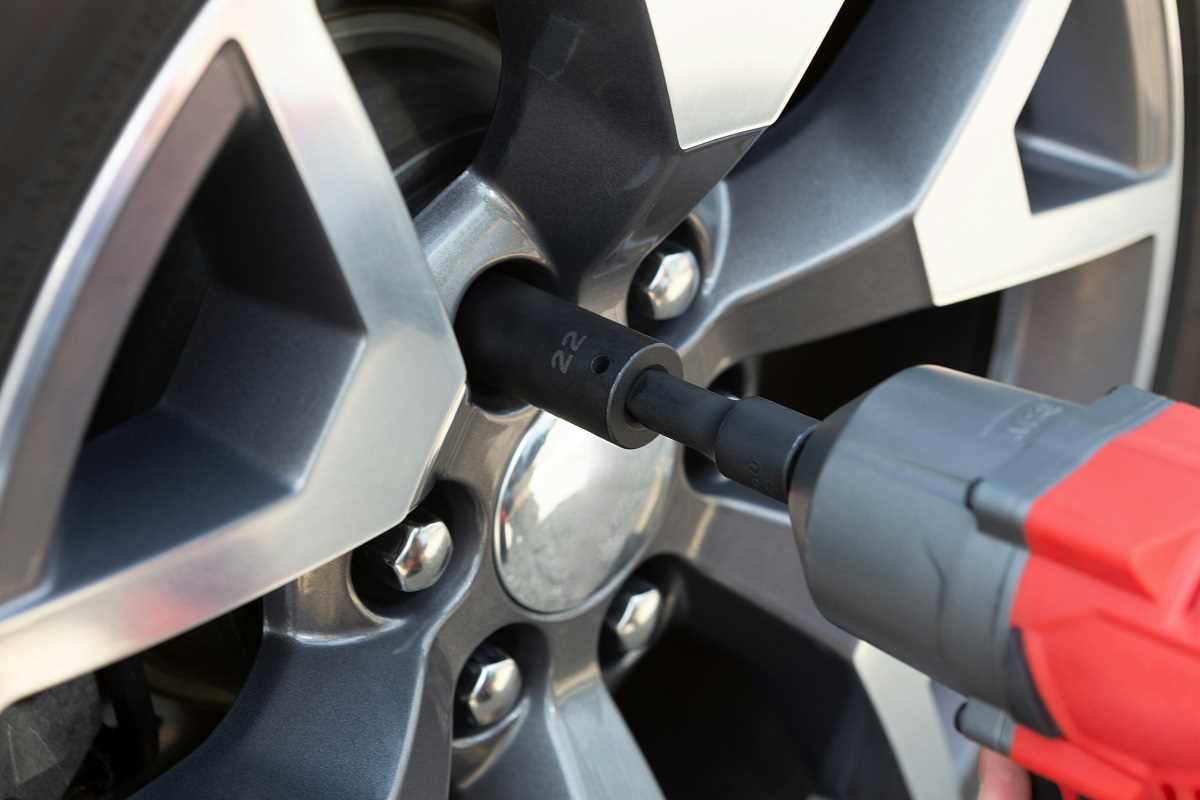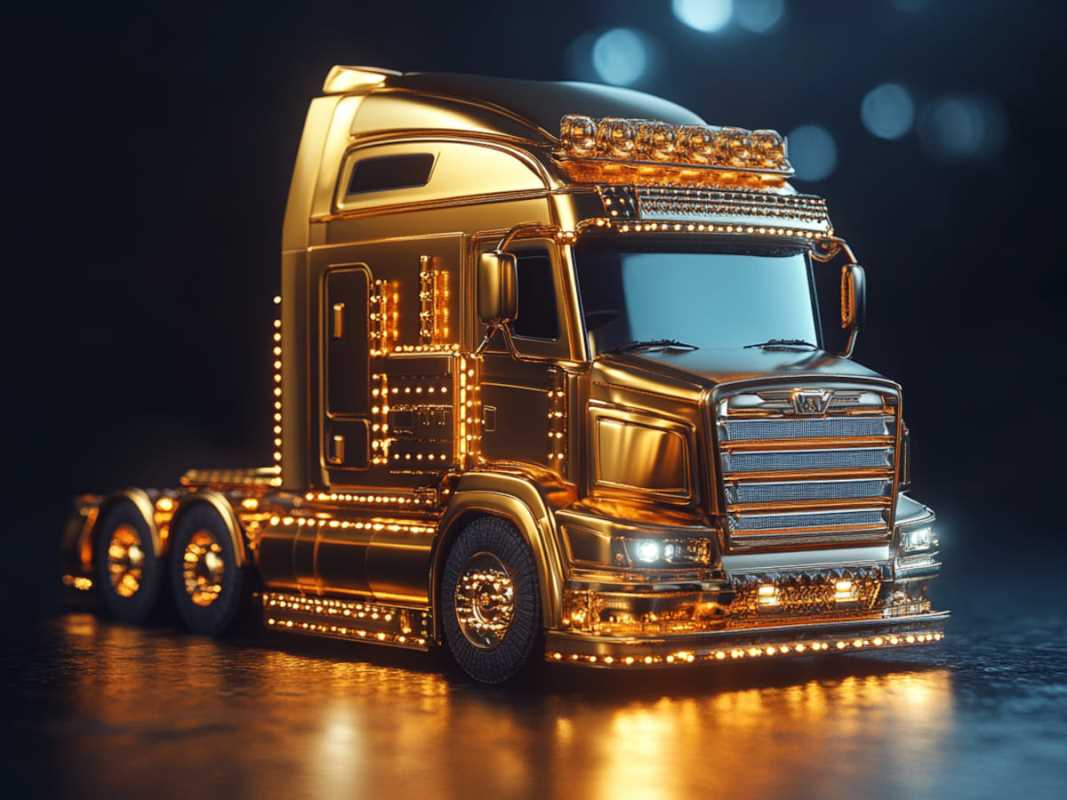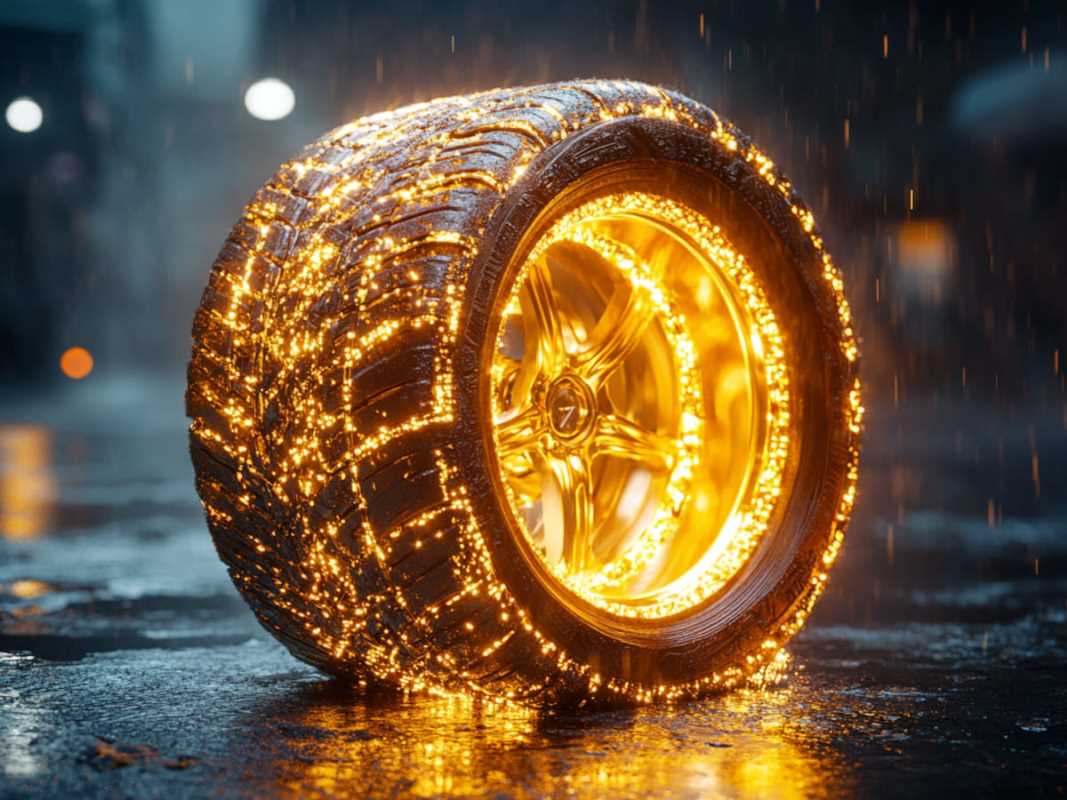The automotive landscape is undergoing a remarkable transformation as we navigate through 2025. As someone who's spent countless weekends under the hood of various vehicles and kept a close eye on industry developments, I can tell you that this year's technological advancements are truly something special. Car manufacturers have been pushing boundaries with innovations that would have seemed like science fiction just a decade ago. From electric powertrains that rival traditional combustion engines in range and performance to autonomous driving systems that are increasingly capable of handling complex traffic scenarios, the evolution is happening at breakneck speed. For everyday drivers, these changes mean safer, more efficient, and surprisingly more enjoyable driving experiences.
As these technologies mature and become more widely adopted, we're seeing a democratization of features that were once the exclusive domain of luxury vehicles. Advanced safety systems, sophisticated infotainment options, and efficient powertrains are increasingly standard even in entry-level models. This accessibility means that the benefits of automotive innovation are reaching a broader segment of society, making our roads collectively safer and more environmentally friendly. It's a bit like when color TVs first became affordable for everyone, we're witnessing a similar transition where once-exclusive technologies become everyday expectations.
The Revolution of Advanced Driver Assistance Systems
Advanced Driver Assistance Systems (ADAS) have evolved significantly beyond the basic cruise control and parking sensors of yesteryear. Today's systems incorporate multiple sensors, cameras, and radar to create a comprehensive awareness of the vehicle's surroundings. This multi-layered approach allows for more reliable operation in diverse conditions, from heavy rain to bright sunlight that might confuse simpler systems. The redundancy built into modern ADAS provides an important safety net, ensuring that if one system falters, others can compensate to maintain protection.
The integration of ADAS with navigation systems has created predictive capabilities that anticipate road conditions before they're visible to the driver. Your car now knows when a sharp curve is approaching and can adjust speed accordingly, or it can prepare for an elevation change that might affect performance. This kind of foresight was once the domain of experienced drivers who knew their routes intimately, but now it's available to everyone regardless of their familiarity with the road ahead. It's like having a friend who's driven the route a thousand times giving you gentle reminders about what's coming up.
Safety organizations and insurance companies have recognized the significant benefits of these systems, often offering incentives for vehicles equipped with comprehensive ADAS features. Data shows consistent reductions in accident rates for vehicles with these technologies, particularly for certain types of incidents like rear-end collisions and lane departure accidents. The economic argument for these systems is becoming as compelling as the safety case, with lower insurance premiums potentially offsetting some of the additional cost of the technology.
- ADAS features showing the greatest impact on safety include automatic emergency braking, which reduces rear-end collisions by up to 40%
- Lane keeping assistance, which has cut lane departure accidents by roughly 30%
- Blind spot detection systems, reducing side-swipe collisions by approximately 25%
- Adaptive cruise control, which maintains safe following distances and has decreased highway accident severity by about 20%
- Cross-traffic alert systems, which have reduced parking lot accidents by up to 35%
Electric Vehicles Enter the Mainstream Consciousness
Electric vehicles have finally overcome the range anxiety that once limited their appeal, with modern EVs routinely offering ranges exceeding 400 miles on a single charge. This development represents a significant psychological threshold for many consumers, placing EVs firmly in the same usability category as traditional internal combustion vehicles. Long road trips that once required careful planning around charging stations can now be undertaken with the same spontaneity as gasoline-powered journeys. The freedom this provides has opened the EV market to previously reluctant buyers who weren't willing to compromise on convenience.
Charging infrastructure has expanded dramatically, both in terms of geographic coverage and charging speeds. High-power charging stations capable of adding hundreds of miles of range in under 20 minutes are increasingly common along major travel corridors. Even more importantly, these stations are becoming more reliable and user-friendly, with simplified payment systems and real-time availability updates. Remember the early days of public Wi-Fi when connecting was a frustrating exercise in patience and technical troubleshooting? Today's charging experience is rapidly approaching the simplicity of refueling with gasoline.
The sound profile of electric vehicles has evolved from an uncanny silence to carefully engineered acoustic experiences. Manufacturers have recognized that some auditory feedback enhances the driving experience and provides important information about vehicle performance. The new generation of EVs offers distinctive sound signatures that combine safety considerations with brand identity and driver engagement. It's similar to how we once recognized our dad's car coming up the driveway by the unique sound of its engine, modern EVs are developing their own recognizable voices.
Connected Car Ecosystems Redefine the Driving Experience
Vehicle-to-everything (V2X) communication systems allow cars to interact with infrastructure, other vehicles, pedestrians, and the broader internet, creating a cooperative traffic environment. This interconnected approach can reduce congestion through optimized traffic flow, enhance safety by providing advance warning of hazards beyond visual range, and improve overall road efficiency. Cities that have implemented smart traffic systems working in conjunction with connected vehicles are reporting significant reductions in travel times and emissions. It's like having all the cars on the road working together instead of each driver making decisions in isolation.
The integration of vehicles with smart home systems creates seamless transitions between different aspects of daily life. Your car can communicate with your home to adjust thermostats, lighting, and security systems based on your location and estimated arrival time. This coordination extends the convenience of automation beyond the boundaries of your residence, creating an expanded smart environment that anticipates needs and manages resources efficiently. Coming home to a house that's already comfortable because your car told it you were on the way feels like living in the future we were promised.
Sustainable Materials and Manufacturing Transform Automotive Production
Biobased and recycled materials are increasingly replacing traditional petroleum-derived components in vehicle interiors and non-structural elements. From seat cushions made with plant-based foams to carpet fibers created from recovered ocean plastic, these sustainable alternatives often match or exceed the performance of conventional materials while reducing environmental impact. The automotive industry's scale means that even small percentage increases in sustainable material use can represent significant reductions in petroleum consumption and waste generation.
Advanced robotics and 3D printing technologies are enabling more resource-efficient production with reduced material waste and energy consumption. These precision manufacturing techniques can create components with optimized geometries that would be impossible with traditional methods, resulting in lighter parts that require less material while maintaining necessary strength. The ability to produce complex geometries as single pieces also eliminates the need for assembly of multiple components, reducing potential failure points and improving longevity.
Interfaces and Interactions in Tomorrow's Vehicles
Natural language processing has matured to handle complex, conversational interactions with vehicle systems, eliminating the need to memorize specific commands or navigate through multiple menu layers. You can speak to your car as you would to a knowledgeable passenger, asking questions, making requests, or even expressing preferences in casual language. This intuitive interaction reduces driver distraction and makes advanced features accessible to users regardless of their technical proficiency. It's particularly helpful for older drivers who might otherwise find new automotive technologies intimidating.
Augmented reality displays are overlaying critical information directly on the driver's view of the road, eliminating the need to glance away from traffic to check navigation or vehicle status. These systems highlight potential hazards, indicate optimal driving paths, and provide contextual information about surroundings without obstructing vision. The technology creates an intuitive blend of digital information and physical environment that enhances situational awareness rather than competing for attention.
Biometric monitoring systems are being integrated to detect driver alertness, stress levels, and even potential medical emergencies. These systems can respond appropriately to changing driver conditions, perhaps suggesting a rest break when signs of fatigue are detected or automatically calling for medical assistance if metrics indicate a possible health crisis. For those with elderly parents who still drive, these monitoring capabilities provide valuable peace of mind and could potentially extend driving independence for seniors.
The roads of 2025 are showcasing technologies that blend performance, sustainability, connectivity, and human-centered design in ways that fundamentally transform the driving experience. While the pace of change might seem overwhelming at times, each innovation builds upon a simple goal: making our journeys safer, cleaner, and more enjoyable. As these technologies continue to mature and integrate, they promise to address many of the longstanding challenges associated with personal transportation while creating new possibilities for mobility that previous generations could hardly imagine.
 (Image via
(Image via
.jpg)




